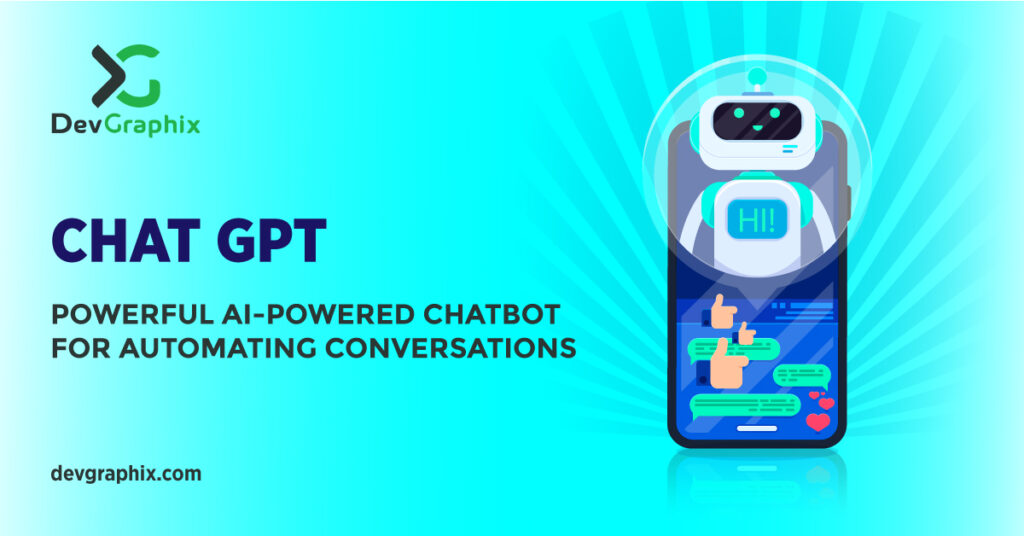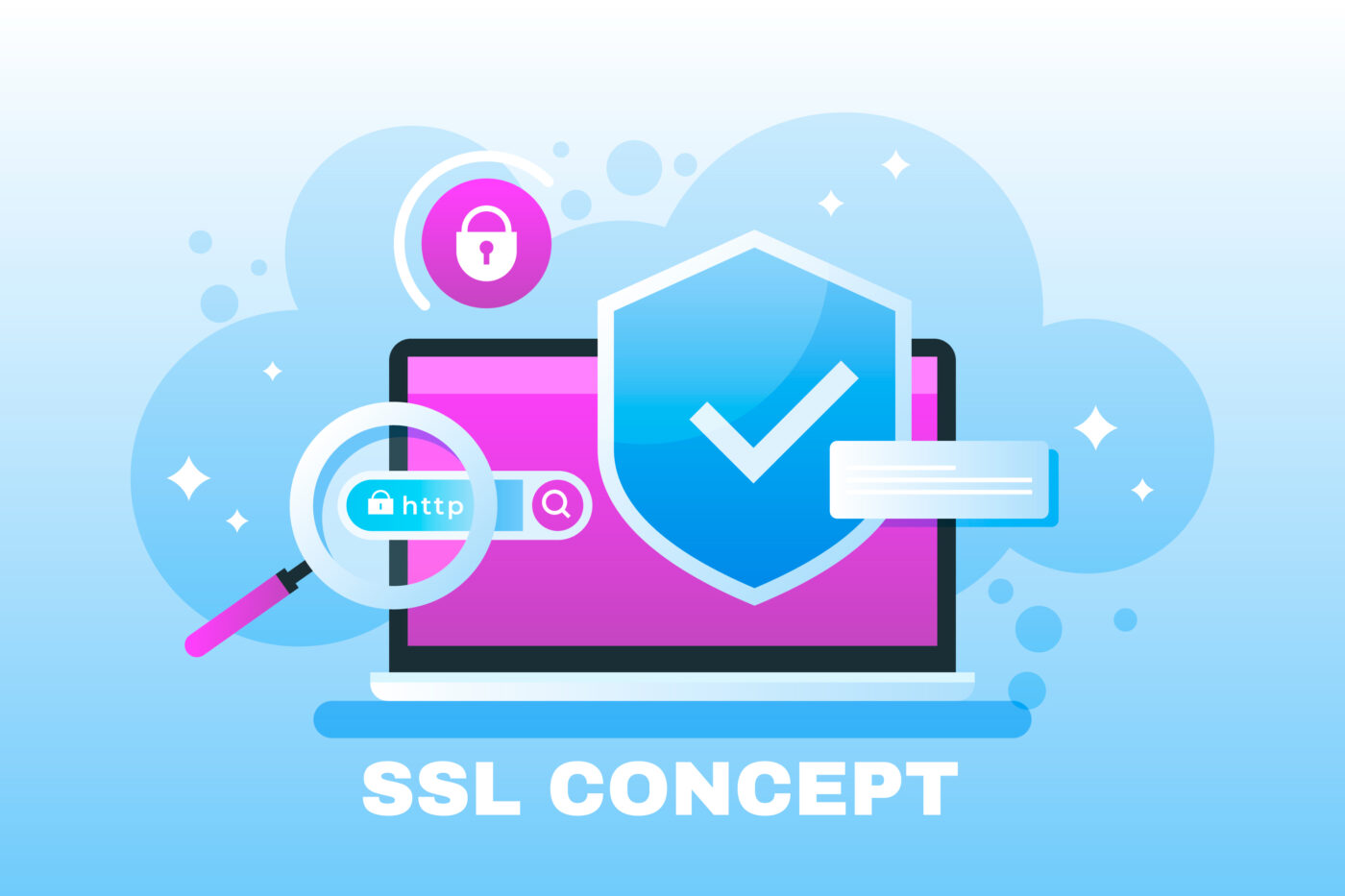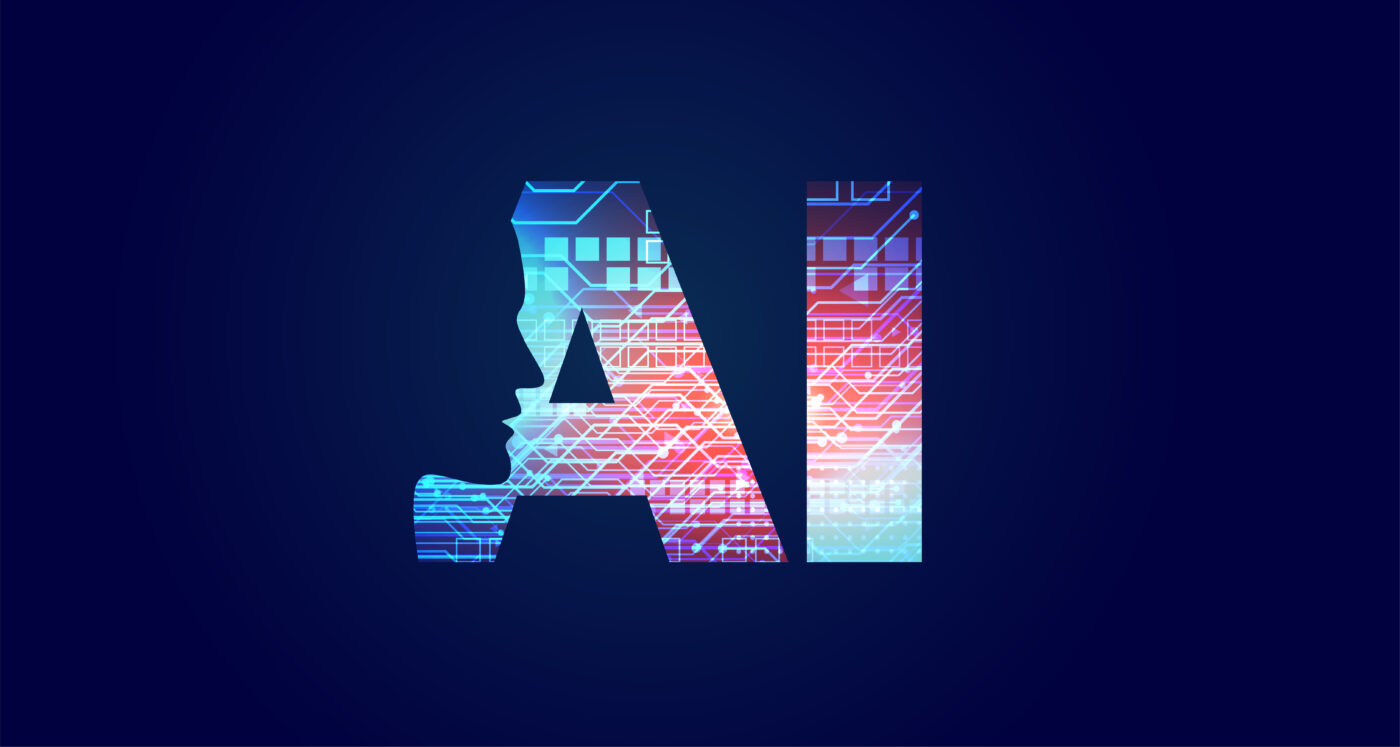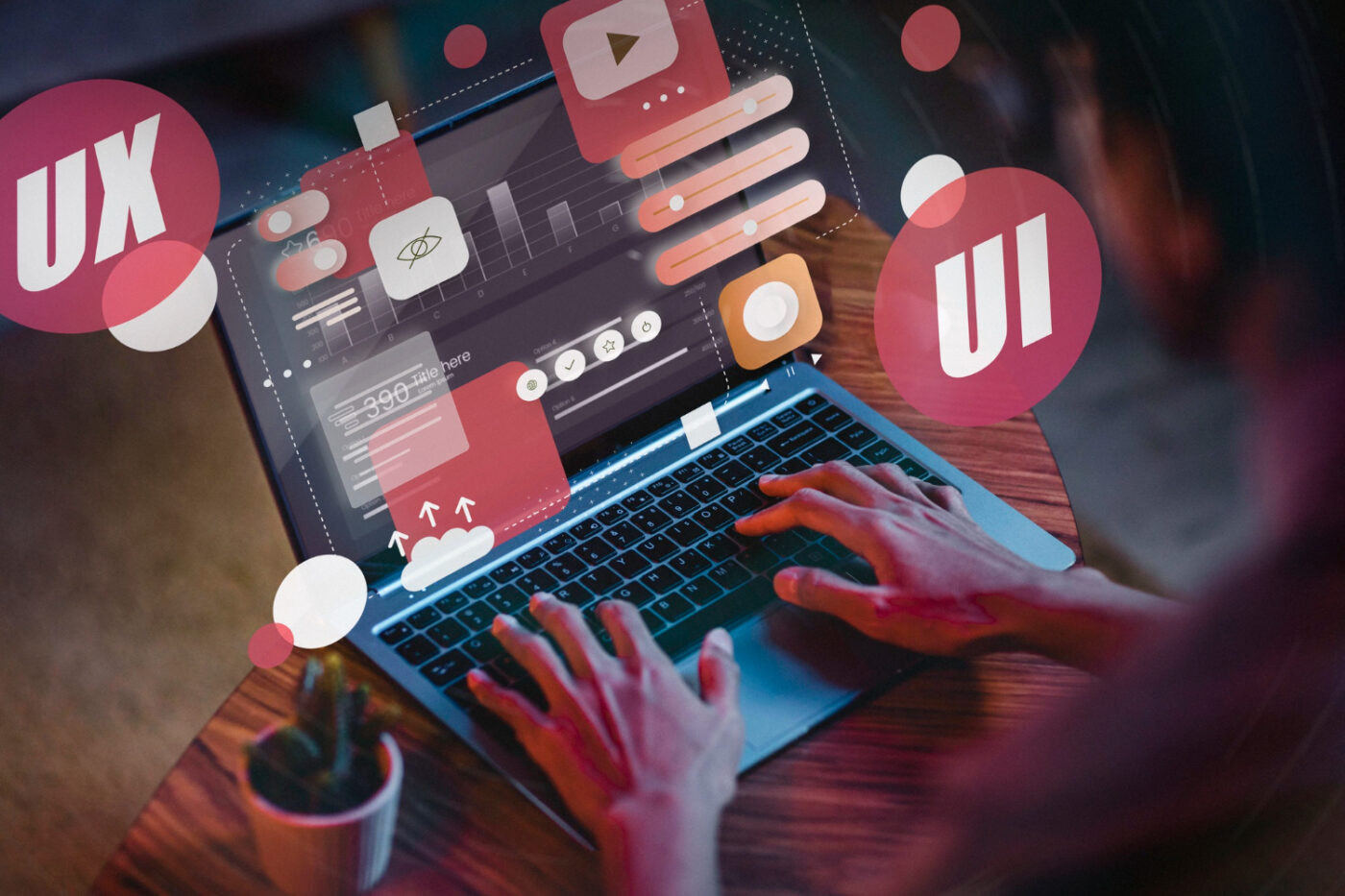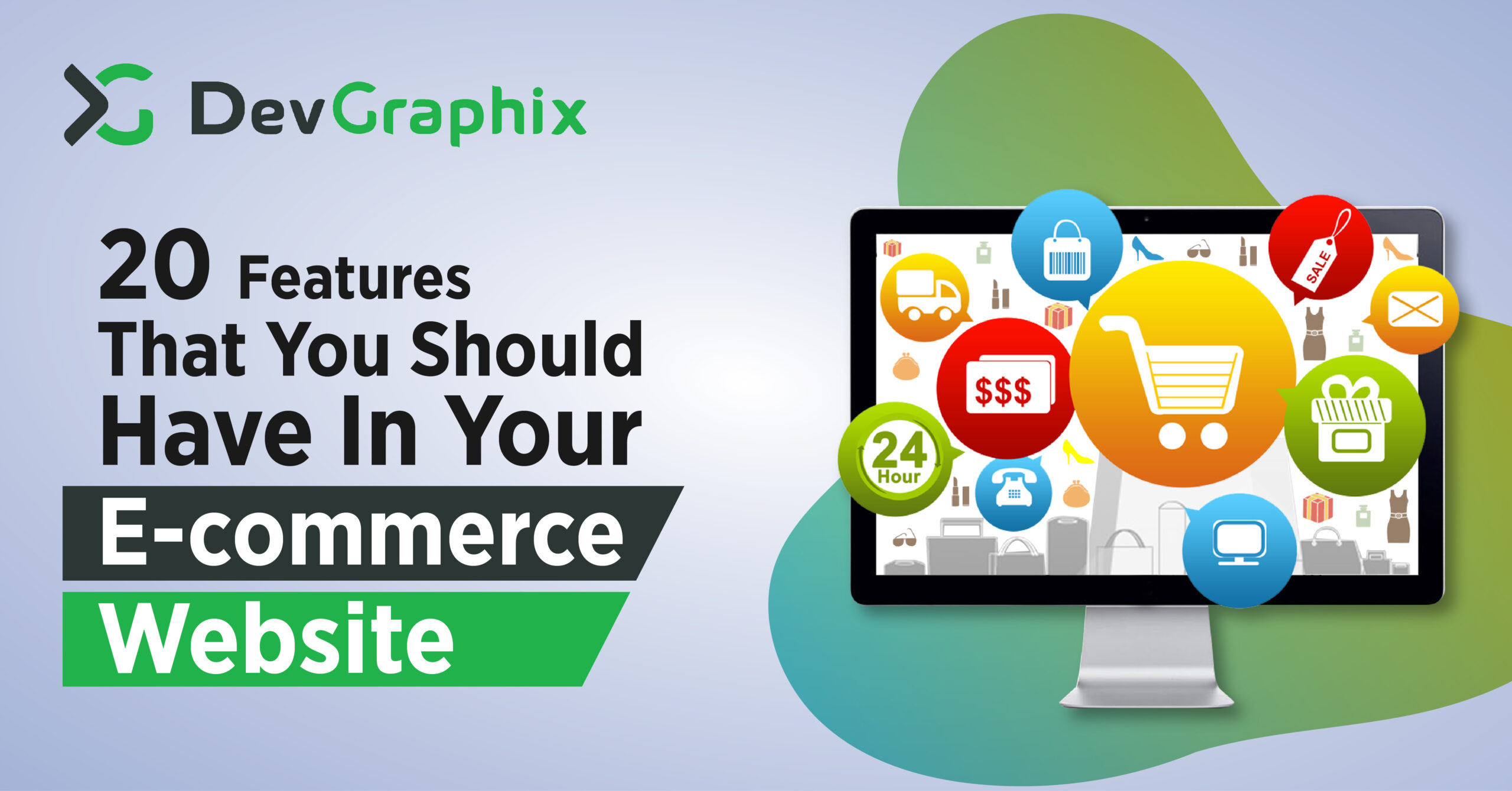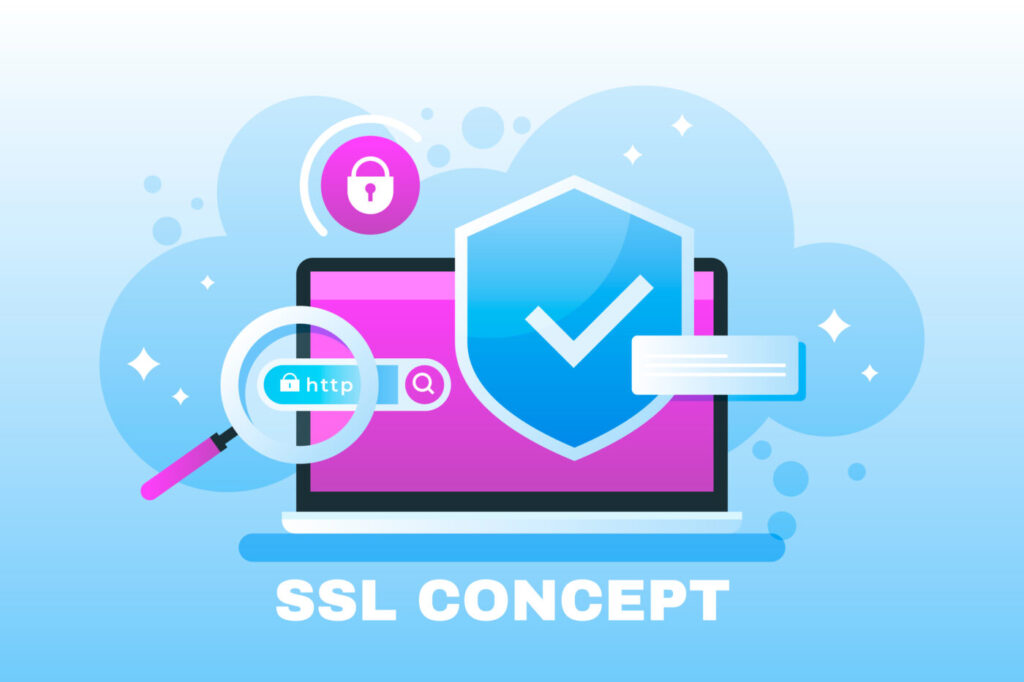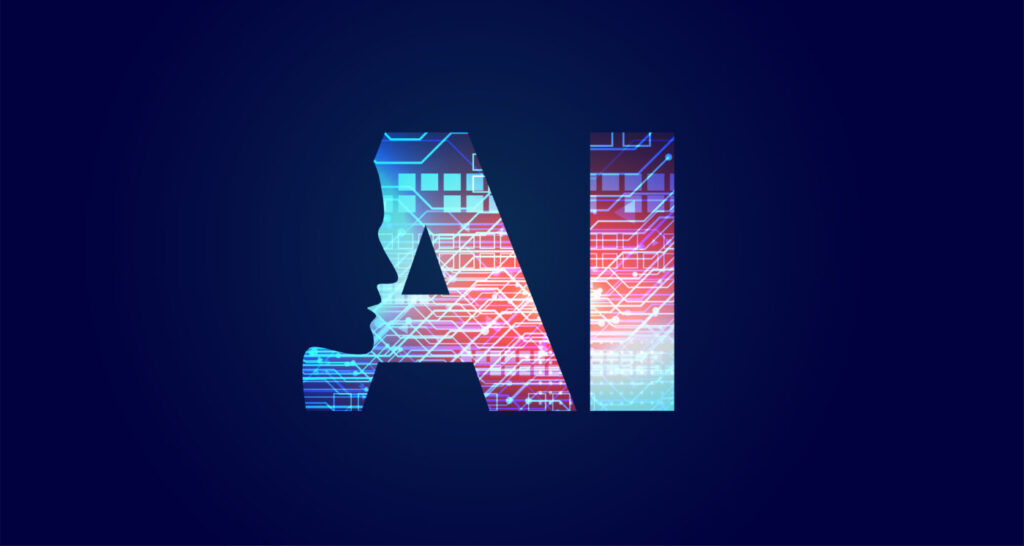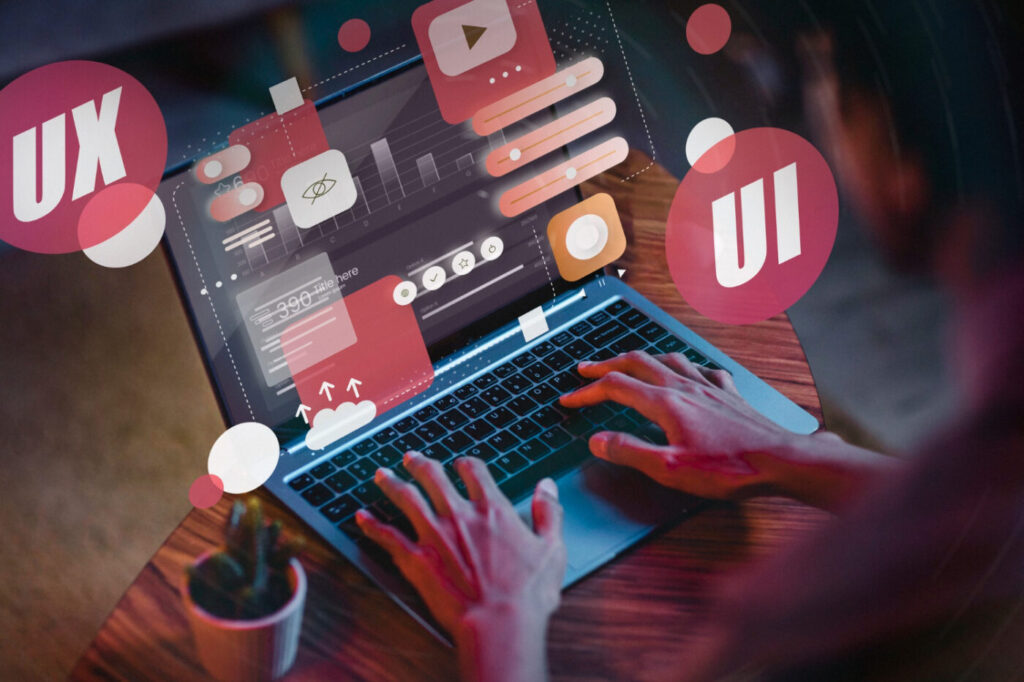In today’s world, technology has taken over almost every aspect of our lives. Businesses are looking for ways to improve productivity and streamline their operations while reducing costs.
One of the latest technological innovations that have revolutionized the way businesses interact with their customers is Chat GPT. From small startups to multinational corporations. With the rise of artificial intelligence and chatbots, we can now communicate with machines as if they were humans.
Today, let’s discuss what Chat GPT is and how it helps businesses automate their processes and increase productivity.
What is Chat GPT and How Does it Work?
What is Chat GPT?
Chat GPT is an AI-powered chatbot that uses Natural Language Processing (NLP) to understand and respond to user queries. It was developed by Open AI, a research organization dedicated to creating safe and beneficial AI. Chat GPT is based on GPT (Generative Pre-trained Transformer), which is a deep learning model that uses unsupervised learning to understand and generate human-like text. It is an open-domain chatbot, which can generate a response to a user query. This makes it versatile and useful for a wide range of applications.
How Does Chat GPT Work?
Chat GPT works by analyzing the user’s input and generating a response based on the context and intent of the query. The chatbot is pre-trained on a large corpus of text, which enables it to understand and generate human-like responses. When a user inputs a query, Chat GPT uses its pre-trained knowledge to analyze the text and generate a response that is relevant to the user’s query.
Chat GPT also uses a technique called “fine-tuning” to improve its responses. Fine-tuning involves training the chatbot on specific domains or topics to improve its understanding and generate more accurate responses.
Chat GPT is constantly learning and improving its responses based on user interactions. This makes it an excellent tool for conversation automation and customer service.
Chat GPT’s Applications for Business and Everyday use.
Small Business Chatbot
Small businesses often have limited resources and staff, making it challenging to provide 24/7 customer service and support. Chatbots like Chat GPT can help small businesses provide round-the-clock assistance to their customers without the need for additional staff. For example, a small e-commerce store can use Chat GPT to answer customer queries about product availability, shipping, and returns. This can help the business save time and money while also improving customer satisfaction.
Customer Service Chatbot
Customer service is an essential aspect of any business, and Chat GPT can help automate many aspects of it. Chatbots can handle simple queries and FAQs, freeing up customer service staff to focus on more complex issues. Additionally, Chat GPT can provide personalized recommendations based on a user’s browsing history and preferences, improving the customer experience. For example, a customer service chatbot can suggest similar products based on a customer’s purchase history, increasing the chances of repeat business.
Customer Support Automation
Chatbots like Chat GPT can also automate many aspects of customer support, including ticket management and resolution. Chatbots can handle repetitive tasks like ticket creation, categorization, and routing, reducing the workload on support staff. Additionally, Chat GPT can suggest solutions based on past resolutions, reducing the time it takes to resolve a customer’s issue. This can help businesses improve response times and reduce customer churn.
Conversation AI
Moreover, Chat GPT is part of a broader category of AI applications known as conversation AI or conversational agents. These AI systems use natural language processing (NLP) and other techniques to understand and generate human-like responses. This makes them ideal for use in customer service and support, where they can help businesses scale their operations and improve customer satisfaction.
How to Get Started with Chat GPT: A Step-by-Step Tutorial
The first step to getting started with Chat GPT is to sign up for an Open AI API key. Once you have your API key, you can use it to access Chat GPT’s API and generate responses to user queries. You can sign up for an API key on Open AI’s website.
How to Use Chat GPT
Once you have your API key, you can start using Chat GPT. There are several ways to interact with Chat GPT, including using the Open AI Playground, writing your code, or using a pre-built chatbot platform.
Using the Open AI Playground
The Open AI Playground is a web-based interface that allows you to interact with Chat GPT without writing any code. To use the Playground, simply log in with your Open AI API key and start typing your queries. Chat GPT will generate responses based on the context and intent of your query.
Writing Your Code
If you prefer to write your code, you can use one of the many programming languages supported by Open AI’s API. You can find code examples and documentation on Open AI’s website. Once you have written your code, you can use it to interact with Chat GPT and generate responses to user queries.
Using a Pre-Built Chatbot Platform
If you don’t want to write your code, you can use a pre-built chatbot platform that integrates with Chat GPT. There are many chatbot platforms available, including Dialogflow, BotStar, and Tars. These platforms allow you to create and customize your chatbot without any coding knowledge.
Creating Your Chatbot with Chat GPT
Now that you know how to use Chat GPT, you can start creating your chatbot. There are several steps involved in creating a chatbot, including defining the scope and purpose of your chatbot, designing the conversation flow, and training your chatbot.
Defining the Scope and Purpose of Your Chatbot
The first step in creating a chatbot is to define its scope and purpose. Ask yourself what tasks your chatbot will be able to perform and what type of queries it will be able to handle. This will help you determine the scope and purpose of your chatbot.
Designing the Conversation Flow
Once you have defined the scope and purpose of your chatbot, you can start designing the conversation flow. The conversation flow is the sequence of messages that your chatbot will send and receive. It is important to design the conversation flow in a way that is intuitive and easy to follow.
Training Your Chatbot
After you have designed the conversation flow, you can start training your chatbot. Training involves providing your chatbot with sample conversations so that it can learn how to generate responses to user queries. You can use tools like Dialogflow or BotStar to train your chatbot.
Benefits of Using Chat GPT: Revolutionizing Automation and Productivity
Automation Benefits of Using Chat GPT
One of the most significant benefits of using Chat GPT is automation. Chatbots like Chat GPT can handle repetitive tasks, freeing up human resources to focus on more complex and critical tasks. By automating customer service and support, businesses can save time and resources while improving customer satisfaction. Chat GPT can handle simple queries and FAQs, and provide personalized recommendations based on a user’s browsing history and preferences. This helps businesses improve the customer experience and increase sales.
Productivity Benefits of Using Chat GPT
Another benefit of using Chat GPT is productivity. Chat GPT can help businesses increase productivity by reducing the time and resources required to complete tasks. For example, a small e-commerce store can use Chat GPT to answer customer queries about product availability, shipping, and returns. This can help the business save time and money while also improving customer satisfaction.
Chat GPT can also help businesses improve productivity by providing real-time data and insights. Chatbots can collect data on customer behavior, preferences, and interests, providing businesses with valuable insights that can be used to improve their products and services. This data can also be used to automate marketing and sales processes, reducing the time and resources required to convert leads into customers.
Best Practices for Using AI-Powered Bots
- Use clear and concise language when asking questions or making requests to Chat GPT to ensure it understands your query accurately.
- Use specific keywords or phrases when asking questions to help Chat GPT understand the topic you are asking about.
- Avoid using complex or technical language that Chat GPT may not understand, and instead, use simpler language that it can easily interpret.
- Use Chat GPT for simple queries and FAQs, and avoid using it for more complex or sensitive issues that require human intervention.
- Be patient when using Chat GPT, as it may take some time to generate a response, especially if the query is complex or requires additional research.
- Regularly monitor Chat GPT’s performance and make adjustments as necessary to improve its effectiveness and accuracy.
- Use Chat GPT to automate repetitive tasks and free up human resources to focus on more complex and critical tasks.
- Ensure that your use of Chat GPT aligns with ethical and legal guidelines, including data privacy and security regulations.
- Use Chat GPT as a tool to alter and enhance human interactions, rather than replacing them completely.
- Stay up to date with the latest developments in AI and chatbot technology to ensure that you are using Chat GPT to its full potential.
Conclusion
Chat GPT is an excellent example of how AI and chatbots are changing the way we interact with machines. With its ability to understand and generate human-like text, Chat GPT has the potential to revolutionize customer service and support. As AI continues to evolve, we can expect chatbots like Chat GPT to become even more sophisticated and capable of handling a wide range of tasks.
Whether you’re a business looking to automate customer service or an individual looking for a personal assistant, Chat GPT is worth a try!

